Ice Mummies is a carefully written book that examines the delicate topic of mummies in non-graphic, non-threatening ways for children who understand the cycle of life.
Bacteria and fungi assist the natural breakdown of tissue once human beings die. But their work can be obstructed by nature. One natural intervention is super-cold weather. Extreme cold may preserve not only skeletons but also internal organs, skin and tissue.
Examples of discovering and retrieving ice mummies are given for the Americas, Asia, and Europe in Ice Mummies, written by Eric Kudalis and published by Capstone High-Interest Books in 2003. The book is part of Capstone’s Mummies series, which includes Animal Mummies (2003) and Bog Mummies by Charlotte Wilcox (2003). Author Eric Kudalis (born 1960) also wrote the fourth book in the series, The Royal Mummies (2003).
Ice Mummies begins with the discovery of the 500-year-old Ice Maiden of Mount Ampato in southern Peru’s portion of the Andes Mountain Range in western South America. The author brings in the 5,300-year-old Iceman Ötzi of the Ötztal Alps of southern Austria and northern Italy. He includes the 2,000-year-old Scythian warriors of AltaiMountain graves in East-Central Asia. He also mentions the retrieval of more mummies from Mount Ampato and of three mummified children from Mount Llullaillaco on the Atacama Plateau of the Argentine and Chilean Andes.
The book then covers Arctic mummies in regions surrounding the North Pole. Mummified remains of members of the indigenous Inuits of Alaska, Canada, Greenland, and Siberia include a 1,600-year-old woman on St. Lawrence Island, a 450-year-old family of five in northern Alaska, and a 600-year-old community of two children and six females in northwestern Greenland. Additionally, the book mentions three mummified bodies from the lost, valiant 129-member crew of Sir John Franklin (1786-1847), English discoverer of the Northwest Passage between the Atlantic and Pacific Oceans.
Cause of death -- accidental in the Arctic, deliberate in the Andes and Europe, and natural in Asia -- and value to science also are examined in Ice Mummies. Through CT scans and X-rays, DNA sampling, endoscopes, and radiocarbon dating, scientists learn much about mummies from illiterate cultures.
Ice Mummies covers a delicate topic through careful photographs and succinct text. The book includes a glossary, index, and lists of related reading and sites to visit in the world and on the internet. Its sensitive look at discoveries of historic and scientific import will inform and interest young readers who already understand the cycle of birth, maturity and death.


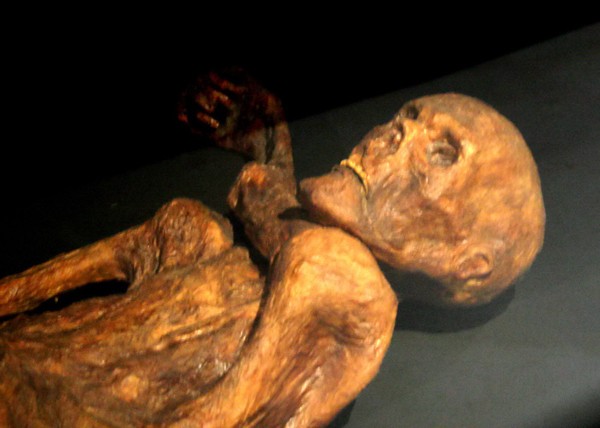
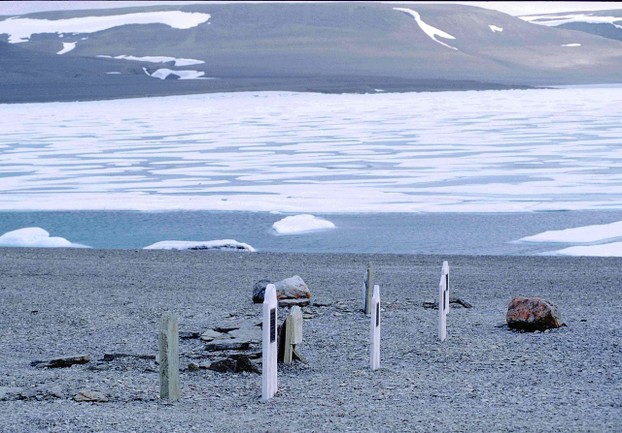
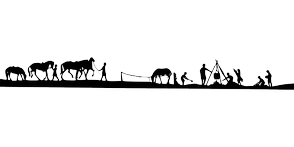


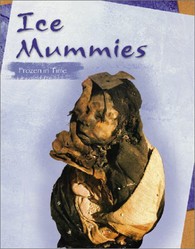

 Are Hawaiian Huakai Po Nightmarchers Avenging Halloween Thursday?on 10/02/2024
Are Hawaiian Huakai Po Nightmarchers Avenging Halloween Thursday?on 10/02/2024
 Mailing Addresses for 2023 Form 4868 Extending 1040 and 1040SR April 15, 2024, Due Dateon 04/15/2024
Mailing Addresses for 2023 Form 4868 Extending 1040 and 1040SR April 15, 2024, Due Dateon 04/15/2024
 Mailing Addresses for 2023 Forms 1040 and 1040SR Filed in 2024on 04/15/2024
Mailing Addresses for 2023 Forms 1040 and 1040SR Filed in 2024on 04/15/2024
 Mailing Addresses for 2022 Form 4868 Extending 1040 and 1040SR April 18, 2023, Due Dateon 04/13/2023
Mailing Addresses for 2022 Form 4868 Extending 1040 and 1040SR April 18, 2023, Due Dateon 04/13/2023

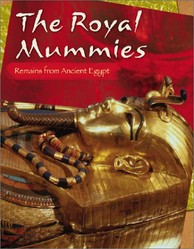
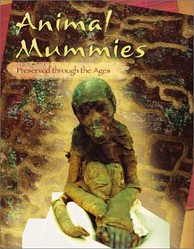
Comments